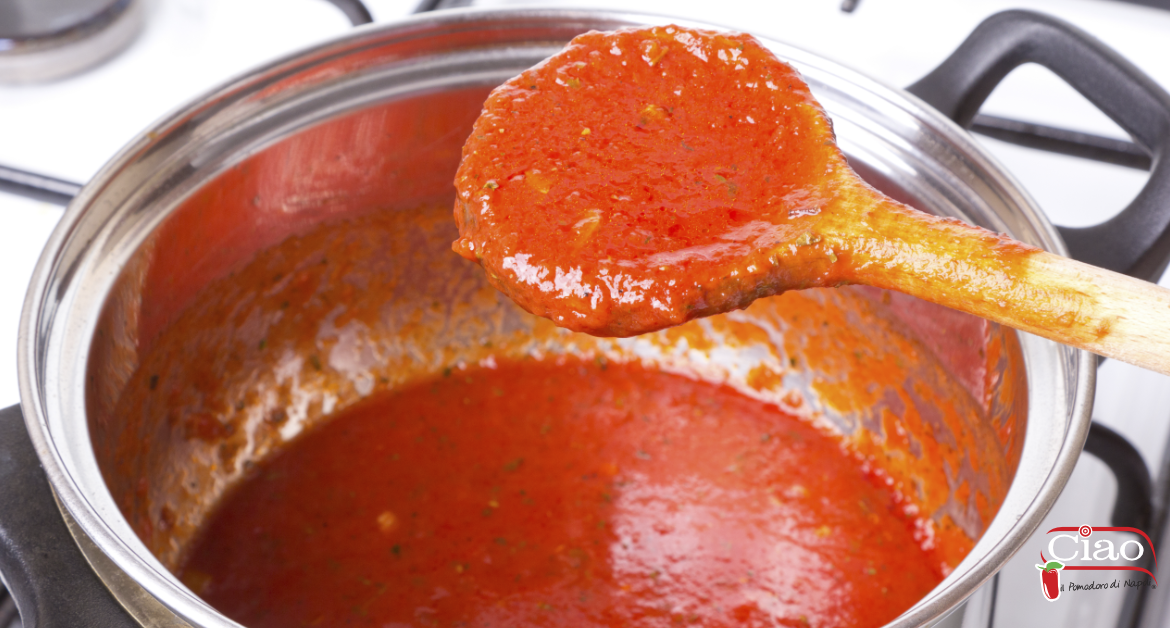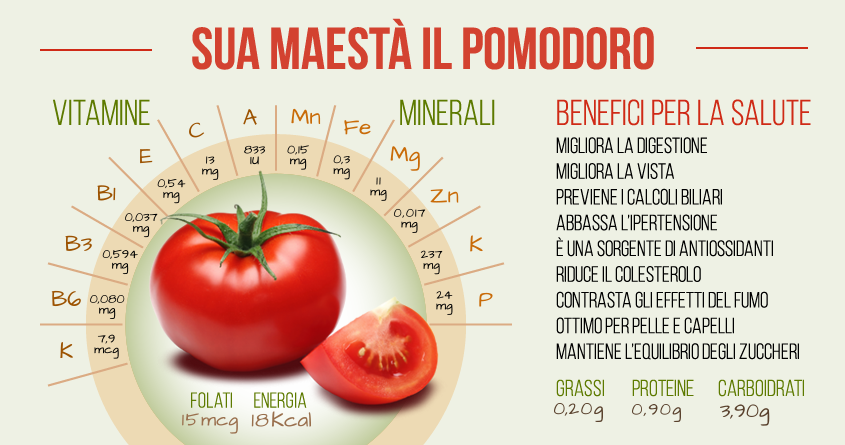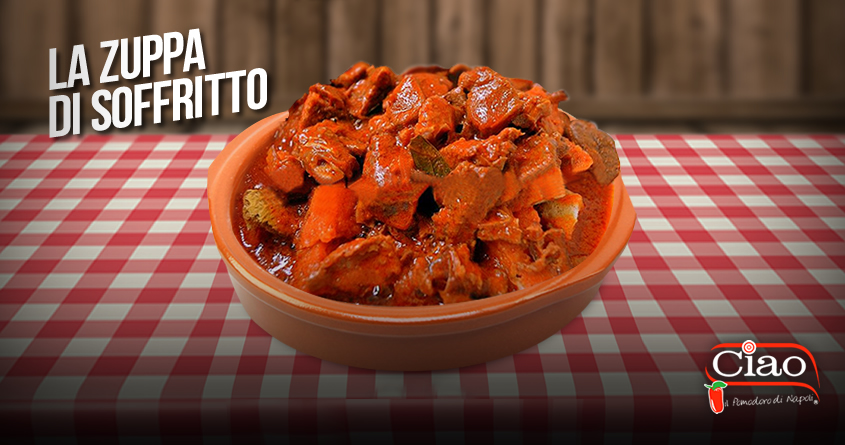Pasta and tomato: a Neapolitan love story!
Tomato is certainly the main ingredient of Italian cuisine, but what makes it as a key symbol of the Peninsula is its marriage with PASTA. A marriage that has its roots firmly planted in the Neapolitan soil. Let’s find out why.
A fully-fledged prince
Thanks to its versatility, tomato can be matched with so many Italian dishes, from starters to desserts, from pizzas and focaccias to salads and appetizers.
Such an essential ingredient deserves cutting-edge preserving techniques as those of Ciao – Il Pomodoro di Napoli that allow it to come to the table as if it had just been harvested, regardless of the season.
A lucky marriage
Pasta has always been the main course that better represent the Italian passion for good cooking. And in the same way as for pizza – the other great Queen of Italian cooking – pasta too has its roots firmly planted in the history of the Parthenope’s city!
In fact, it is in Naples that the press and the draw-plate were invented, transforming the city into the pasta capital, spreading its preparation technique on an industrial level.
The history
And Naples is also where the historic marriage between sauce and macaroni was celebrated.
Celebrating it were two key chefs of the history of Italian cuisine, both Neapolitans, and their recipe books: Vincenzo Corrado in 18th century with his Cuoco Galante (the romantic cook) cookbook and Ippolito Cavalcanti in 19th century with his Cucina teorica pratica (theoretical-practical cuisine) book.
Even the habit of pasta al dente is believed to be of Neapolitan origins and dates back to the maccaronari, the street vendors who sold the pasta courses in the city alleys, and that to save time and sell more were used to a brief cooking time!
The Neapolitan tradition
In short, the marriage between sauce and macaroni is of Neapolitan origin, just like the best products for your condiments, those of Ciao – Il Pomodoro di Napoli.
Better, because thanks to its processing method the tomatoes are harvested and preserved within just a few hours, keeping all the scent of the Vesuvius land.
Better, because our products undergo strict controls both before and after the packaging, to ensure the quality that our craftsmen have been accustomed to for 40 years.
In a word, Naples is passion: the innovations, the recipes, the cult pasta courses and the best products of Italian cuisine were born under the shadow of Vesuvius!






